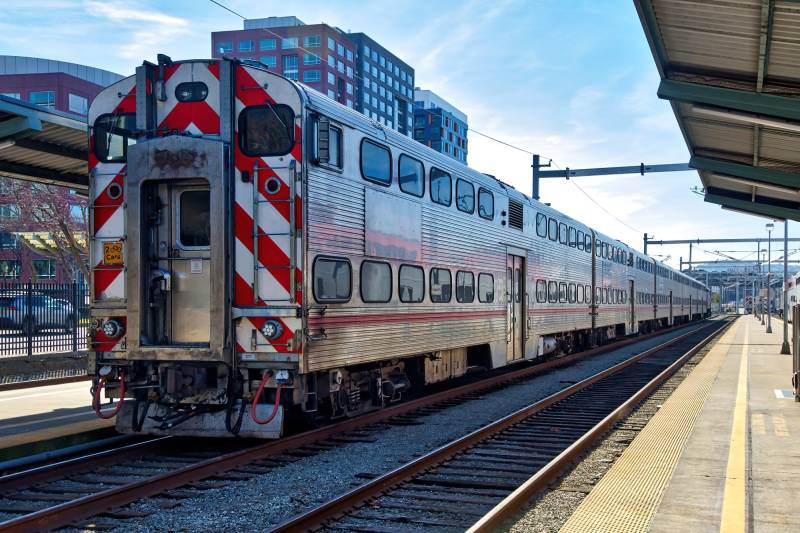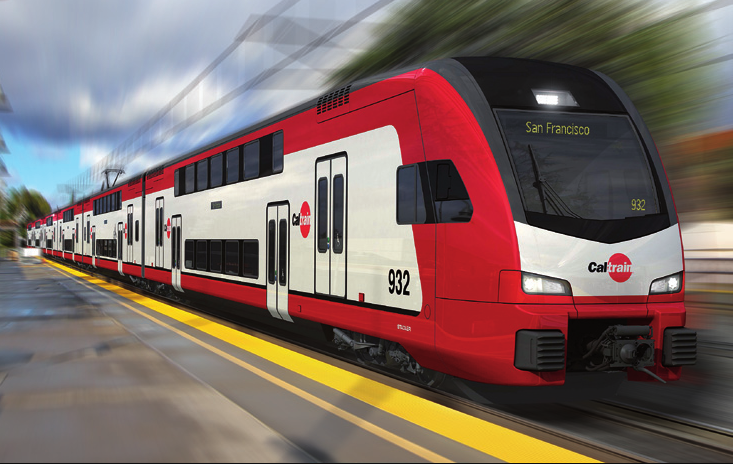Cortese is among dozens of Bay Area officials who have signed the “Diesel Free by ’33” pledge, a Bay Area Air Quality Management District campaign that aims to reduce diesel emissions “throughout California and beyond.” He said legislators need to “make sure that we’re not exporting the problem outside our state boundaries.”
California rail agencies that could be affected by his bill include Altamont Corridor Express (ACE) and Amtrak California, which operates the Capitol Corridor, San Joaquin, Metrolink and Surfliner routes.
“I’ve been a big proponent of climate restoration, getting back to pre-industrial levels of carbon in our atmosphere, and they’re not going to do that by swapping out diesel from one area to another, from the Bay Area to Peru or to Arizona or to someplace [with] lax standards just because they’re going to give you a check,” Cortese said. “To me, that’s selling out.”
Sargent said the environmental issues Cortese raised were top of mind when Caltrain considered the deal with Peru. He adds that those concerns prompted the U.S. State Department and Commerce Department to support the $6 million sale. The transaction also required and received approval from the air district.
“That was in large part because of the environmental benefits of getting people out of their cars,” Sargent said. Those benefits include removing as much as 20,000 metric tons of carbon emissions from Lima’s air every day when the new train service goes into service next year.
City transportation officials say the 25-mile Callao-Chosica line will carry about 200,000 passengers a day — more than the current ridership of every California transit agency except L.A. Metro and San Francisco Muni.



